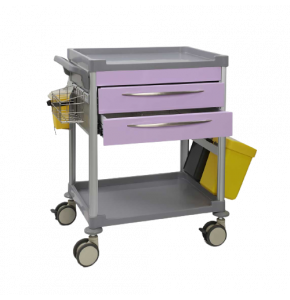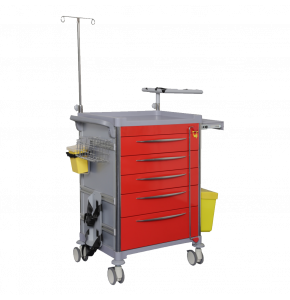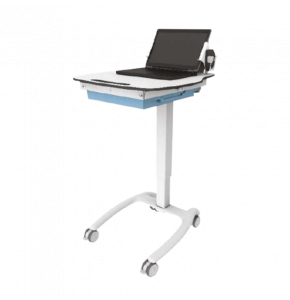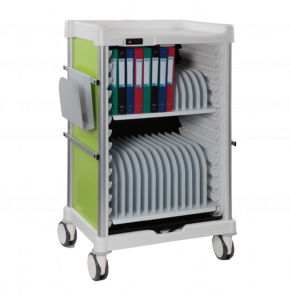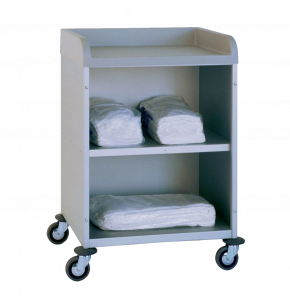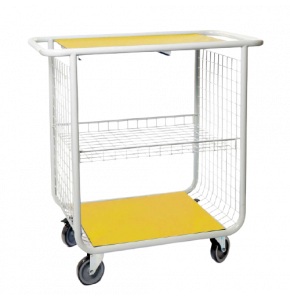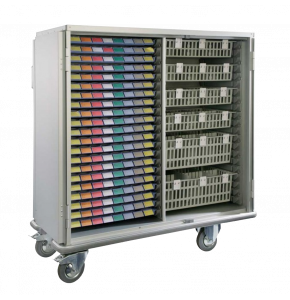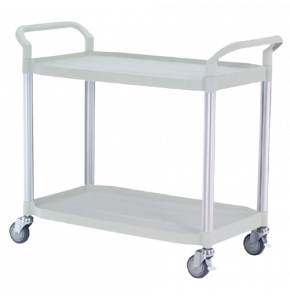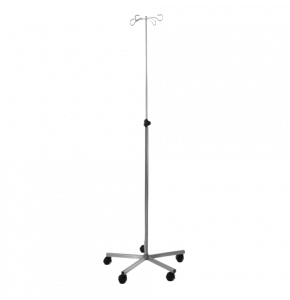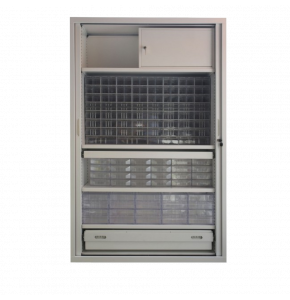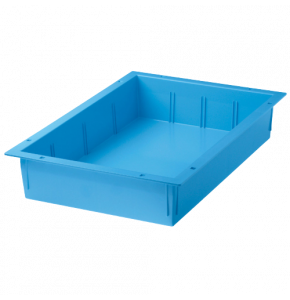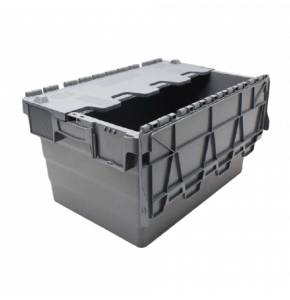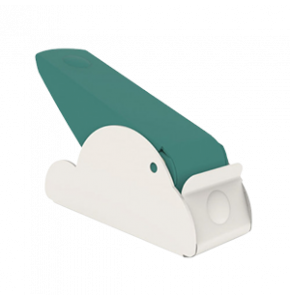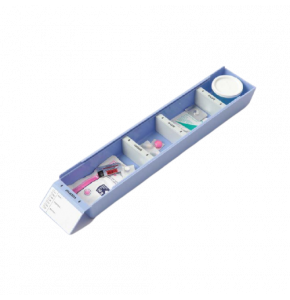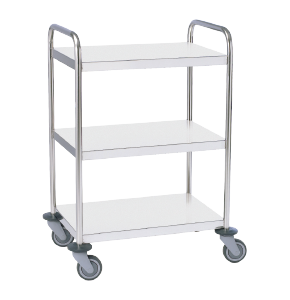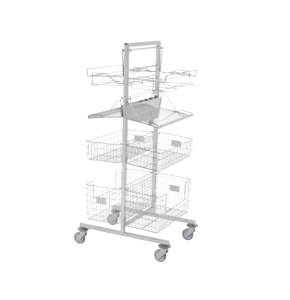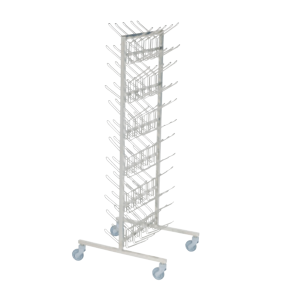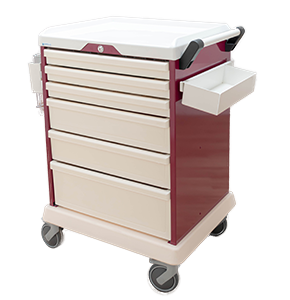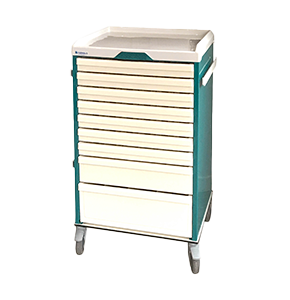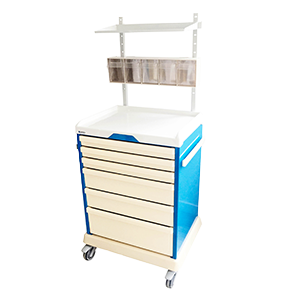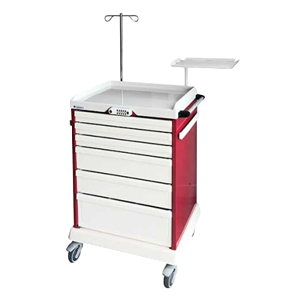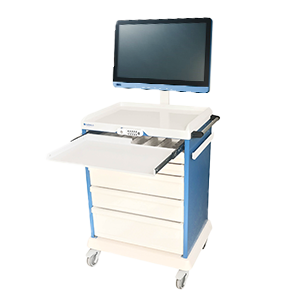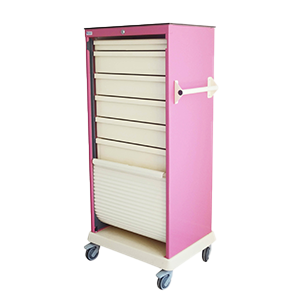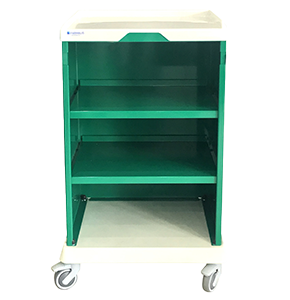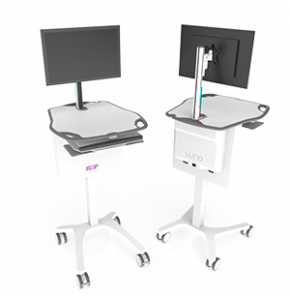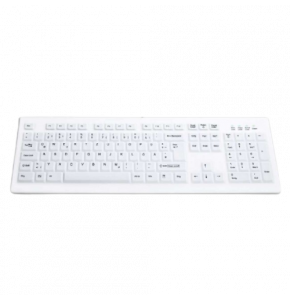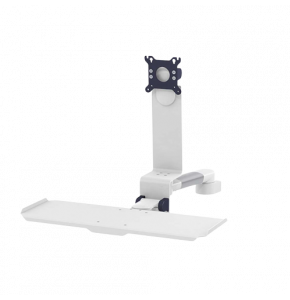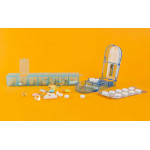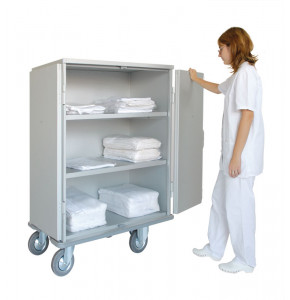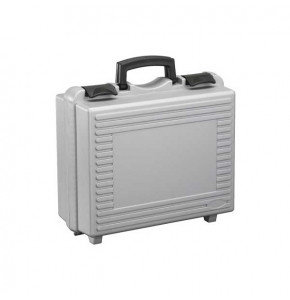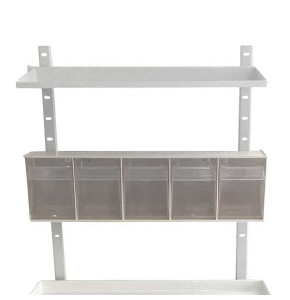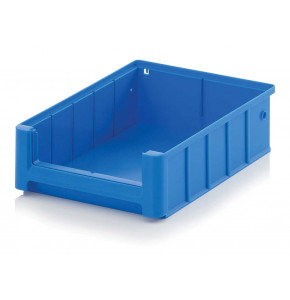Preparing doses to be administered, a source of conflict between pharmacists
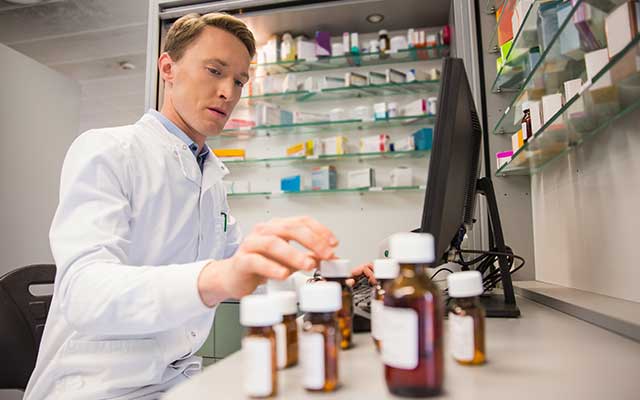
In an interview for the newspaper "Quotidien des Pharmacien", the representative of the company mulTiroir, Jean-Bernard Jombart, explains that the Preparation of Doses to be Administered (PDA) has a bright future in France, if we base ourselves on the behaviour of pharmacies in our European neighbours.
It is worth remembering that in 2009, Roselyne Bachelot announced at the Pharmagora trade fair that a text would be published to regulate the PDA. At the beginning of 2011, Nora Berra stated that the draft decree had already been signed. In October 2011, Xavier Bertrand stated that we were heading towards the publication of texts concerning pharmacy patients living at home or in residential establishments for dependent elderly people (EHPAD). In the end, the decree came to nothing, due to the lack of a political position from the government.
As a result, a number of pharmacists ended up opting for fully computerised and automated solutions to increase the security of PDAs, and also ensure the traceability of medicines.
This is actually where the problem lies. Indeed, many pharmacies are in conflict with each other over one resource: the supply of medicines to nursing homes. In a way, PDA has entered a new era, where it is strongly influenced by economic reasons.
Certainly, for reasons of time, the directors of nursing homes have decided to outsource part of their drug circuit. According to the Public Health Code, this activity is one of the basic tasks of pharmacists. At that time, they were automatically appointed to meet their needs.
It is true that retirement homes are increasingly using PDA. There was therefore a real need on the part of EHPADs where staff time is limited.
Encouraged by the high demand from retirement homes, pharmacists found themselves equipping themselves with hastily selected automatic machines for fear of losing market share. This rush has left many pharmacists in a situation where their purchase has not paid off due to lack of demand.
Pharmacists who are grouped together and over-equipped with PDA robots avoid this problem, as they can more easily capture the market share offered by EHPADs by working as a group. It is interesting to note that nothing prevents pharmacies from subcontracting the production of PDAs.
Given the very good market situation for PDA in nursing homes, it would not be surprising to see it develop in outpatient departments with the aim of improving observation of diminished patients.
 Francais
Francais 
 Cart
Cart Quote
Quote
